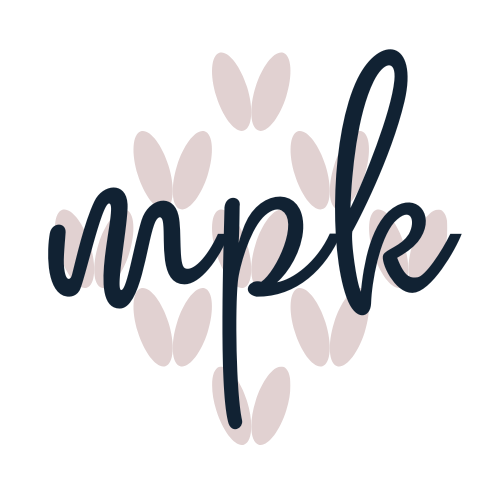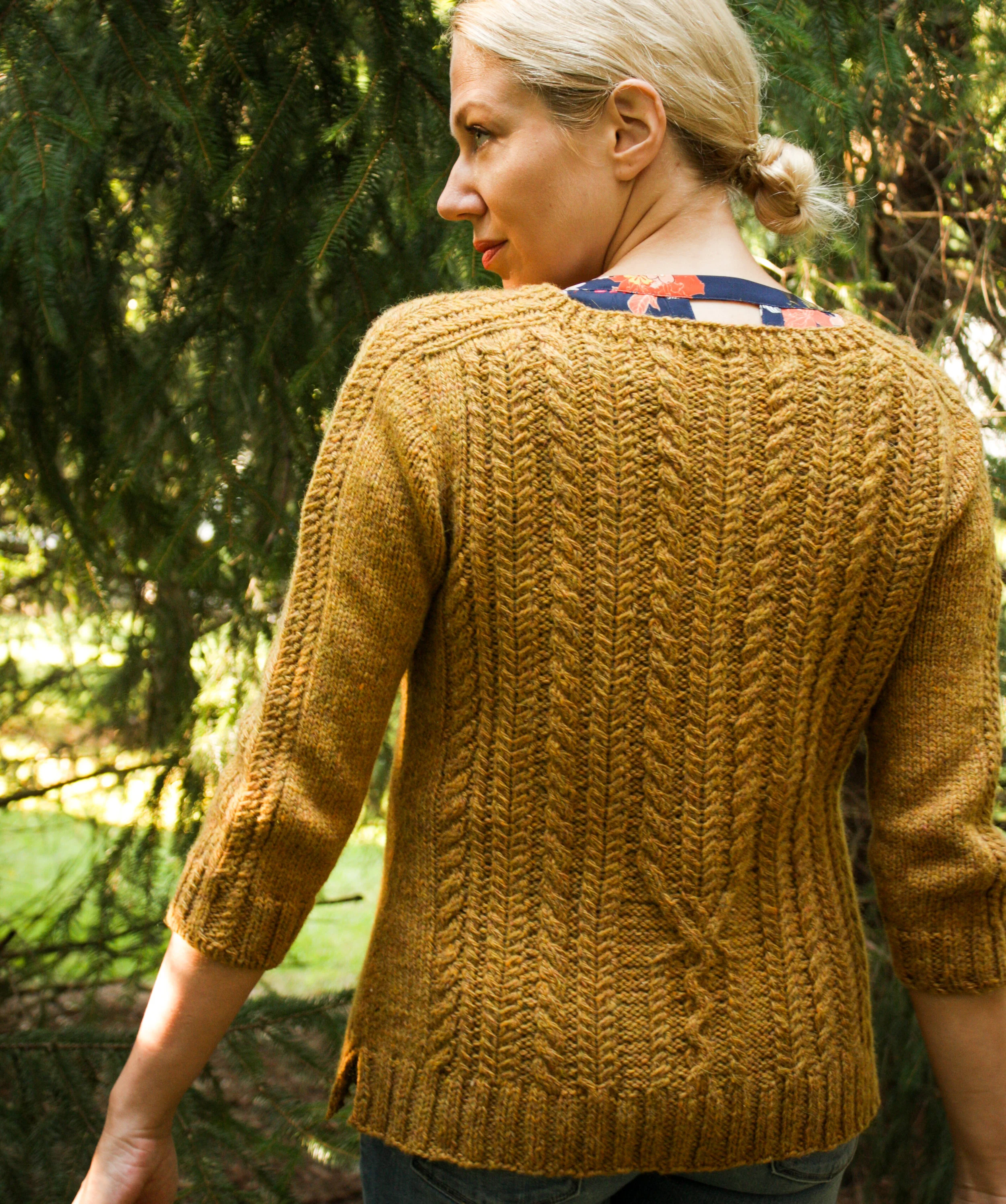Knitting Patterns: Copyright, Distribution and Commercial Use
Today I'm going to cautiously wade into the waters of copyright as it relates to knitting patterns.
This is sometimes seen as an unproductive discussion because the laws surrounding intellectual property are somewhat hazy, but I still think it's a discussion worth having--because just because something is technically legal doesn't make it right (and vice versa). We so often talk about the "knitting community," but if we truly want to consider ourselves to be part of some kind of cohesive group, I think it's important that we recognize some faults in that community and work to address them.
First, copyright. I am not a copyright lawyer, and I don't play one on tv, but my general understanding is that designers own the copyright to their work--that is, the text and images used to create their patterns. And this is true whether they officially register the copyright or not. The design itself may or may not be protected under copyright (more on this later), but the "recipe" to make it is the intellectual property of the designer.
What does that mean? It means it is illegal for anyone other than the designer to sell or distribute the pattern or any part of the pattern. It is illegal for someone to purchase a pattern and then sell copies of that pattern or to distribute the pattern for free without the designer's consent. Consent may come in the form of an agreement with a yarn company for exclusive rights to sell/distribute the pattern for a specific period of time, a wholesale arrangement to sell patterns in a local yarn shop, or a contract to distribute a certain number of patterns as part of a kit, like KnitCrate. But in all cases, the designer still owns the pattern; a customer purchasing the pattern has the right to use it, but not to distribute it.
Where this becomes an issue, most often, is when websites based in countries where IP laws are not well enforced upload designers' patterns and either sell them or allow you to download them for free. It is very difficult to have these websites shut down or the illegally-distributed patterns removed--which is why the onus is on the knitting community to refuse to patronize such websites. If you find a designer's pay-to-download pattern posted somewhere for free, it's not a great deal or a lucky find, it's theft.
You might also find this problem with less scrupulous yarn shops and yarn boxes--if a company is distributing a pattern free with purchase, they most likely have an arrangement with the designer, but there have been instances where the designer had no idea, and only found out when a customer brought it to their attention. If you see a situation where someone is distributing patterns and it seems shady to you, it doesn't hurt to let the designer know. Best case scenario, they'll tell you it's all above board and you can continue to shop happily. Worst case, they'll tell you they never approved distribution of the pattern--it will become a complicated situation they have to resolve, but you've done the right thing in making sure that company can't continue to steal from the designer.
Where the distribution issue gets a bit murkier is when we talk about "sharing." Maybe you bought a pattern, knit something gorgeous from it, and your friend wants to make it too. Is it ok to give the pattern to your friend? This is technically legal--but as a contributing member of the knitting community, a better move would be to encourage your friend to purchase her own copy of the pattern. If you like the designer's work enough to purchase the pattern, consider that every sale denied the designer works to undermine their business--s/he cannot continue to create the patterns you love without pattern sales.
I've also heard of situations where people in the same knitting group freely share patterns with each other, or worse, photocopy patterns and distribute them to the entire group. This is not something anyone's going to go to jail over, but it's still theft. Or how about the posts on Ravelry, Facebook, and the like where someone says, "I really love XYZ pattern, but I don't want to buy it. Can someone help me figure out how the designer did such-and-such part?" Reverse engineering a pattern on your own is one thing (good for you!), but publicly crowd-sourcing information on how to copy a design is disrespectful. Not only are you denying the designer a sale, you're also publicly discussing the details of the pattern so other people won't have to buy it either. Not cool.
What about distributing free patterns? No harm, no foul--the designer won't make money anyway, right?
Sorry, but free or not, the designer still holds the exclusive rights to distribute that pattern. S/he may not make money from a free pattern, but it may direct traffic to a website, drive interest in other pay-to-download patterns, or be free only under certain conditions (for newsletter subscribers, for example). If you have access to a free pattern that you'd like to share, the right things to do is tell other knitters where or how you got it--not to just give it to them.
And lastly, since copyright law also protects the designer's photos, it means that you cannot freely repost those photos. Again, the law is not clear cut because of provisions related to fair use, and no one's going to arrest you, but if you want to repost a designer's photos on Instagram, your blog, etc., you should ask them first, and if they say yes, then you need to correctly attribute the photos to them and link back to them. (But to save yourself time, you might try reading the terms and conditions on the designer's website, which may outline terms for reposting/reusing copyrighted materials, as mine does!)
So that more or less covers distribution, but what about use--if you purchase a pattern, do you have the right to produce and sell handknits made from it? This issue is a lot trickier because there seems to be no official consensus on whether the design itself is the designer's intellectual property (and this may vary by country anyway). Not to mention, I imagine very few designers have the resources to actually take such a case to court.
My patterns state "for personal, non-commercial use only." What does that mean? For me, it means I don't care if you make a few hats and sell them on Etsy, or knit up some socks to resell to your family and friends; what I would not be ok with is a business mass producing my design and commercializing on it (which happened to Kate Davies a few years back when a pullover that looked suspiciously like her owls sweater was being sold by UK retailer Debenham's). Now, is my little disclaimer going to stop anyone from doing that? Probably not. Is it going to afford me any legal protection? I don't know, and hope I never have to find out!
What about other designers? You'll have to ask them.
Literally, if you'd like to produce knits from a designer's pattern for sales purposes, write them and ask if it's ok. Technically maybe you don't have to do so, but it's still the right thing to do. Most designers probably won't have a problem with it because people buying patterns and people buying handknits are markets that overlap minimally, if at all. But if you're going to use someone else's work for commercial purposes, I believe the best practice is to let them know in advance.
Have any of these issues come up in your knitting life before? What are your thoughts?
If you enjoyed this post, you may also like . . .






